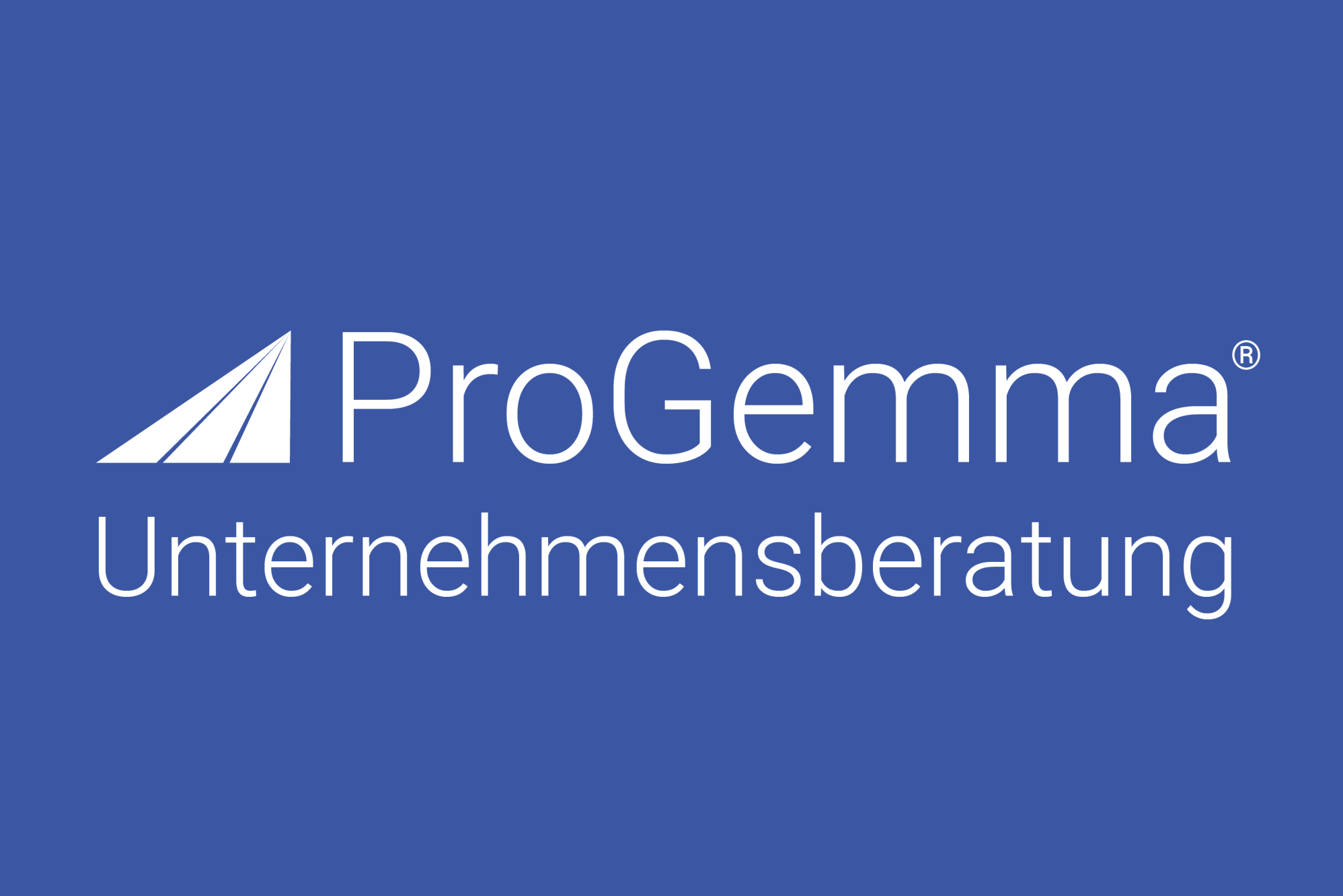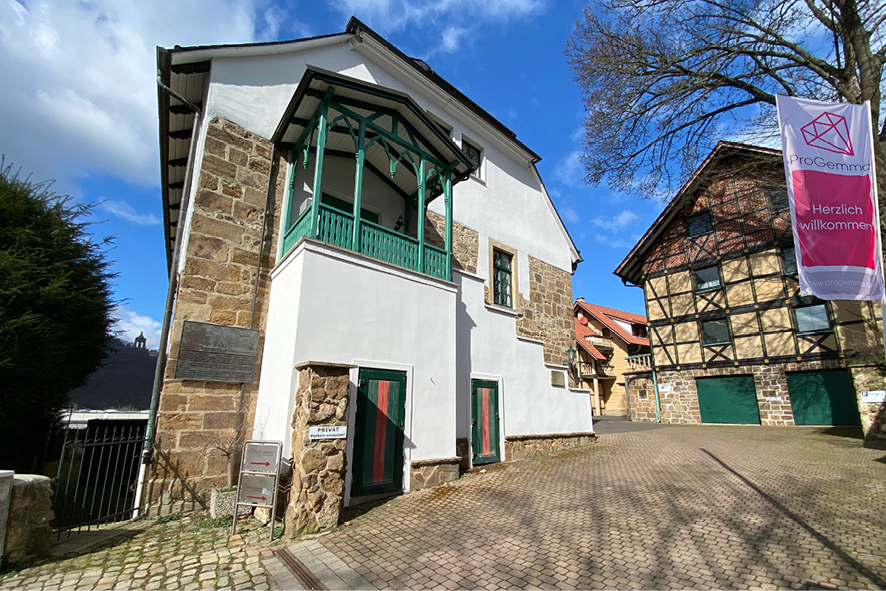“Every crisis is an opportunity” – and surprisingly, people and companies always emerge from every crisis stronger than before. New innovations and improvements are developed, groundbreaking changes are possible!
How natural is the use of lean methods in dealing with crises?
There is a great variety of types and definitions of crises. In essence, however, dealing with crises usually has these characteristics:
- Adaptability
- Urgency
- Challenge
In our daily work we find that we find similar situations in Lean Management.





